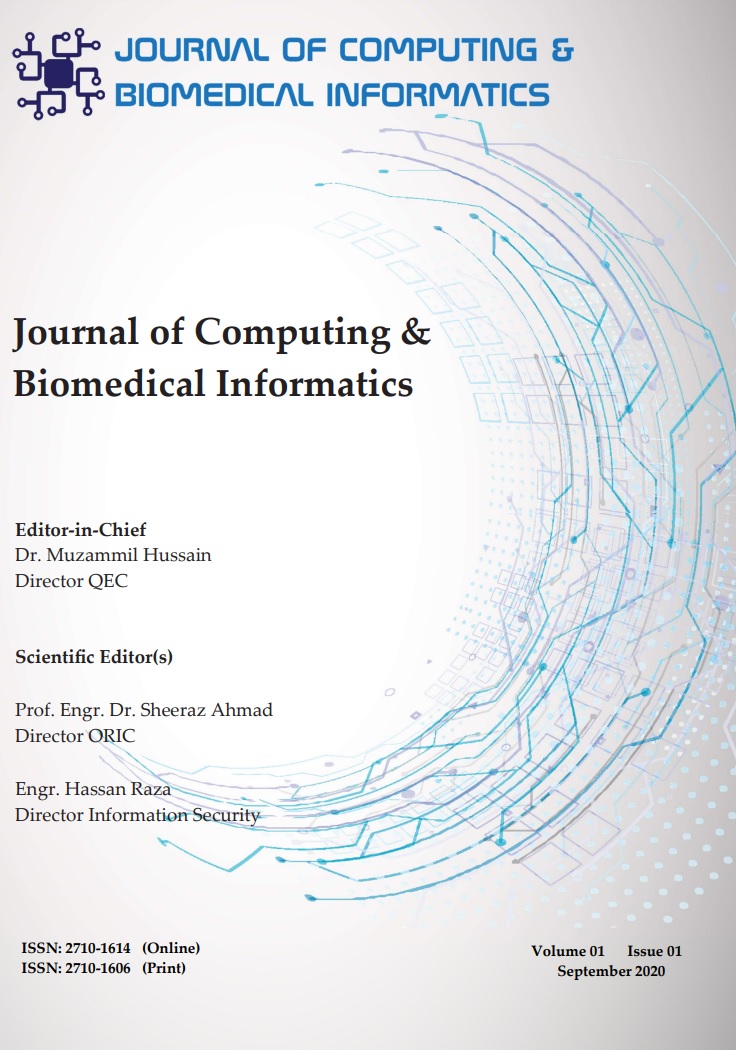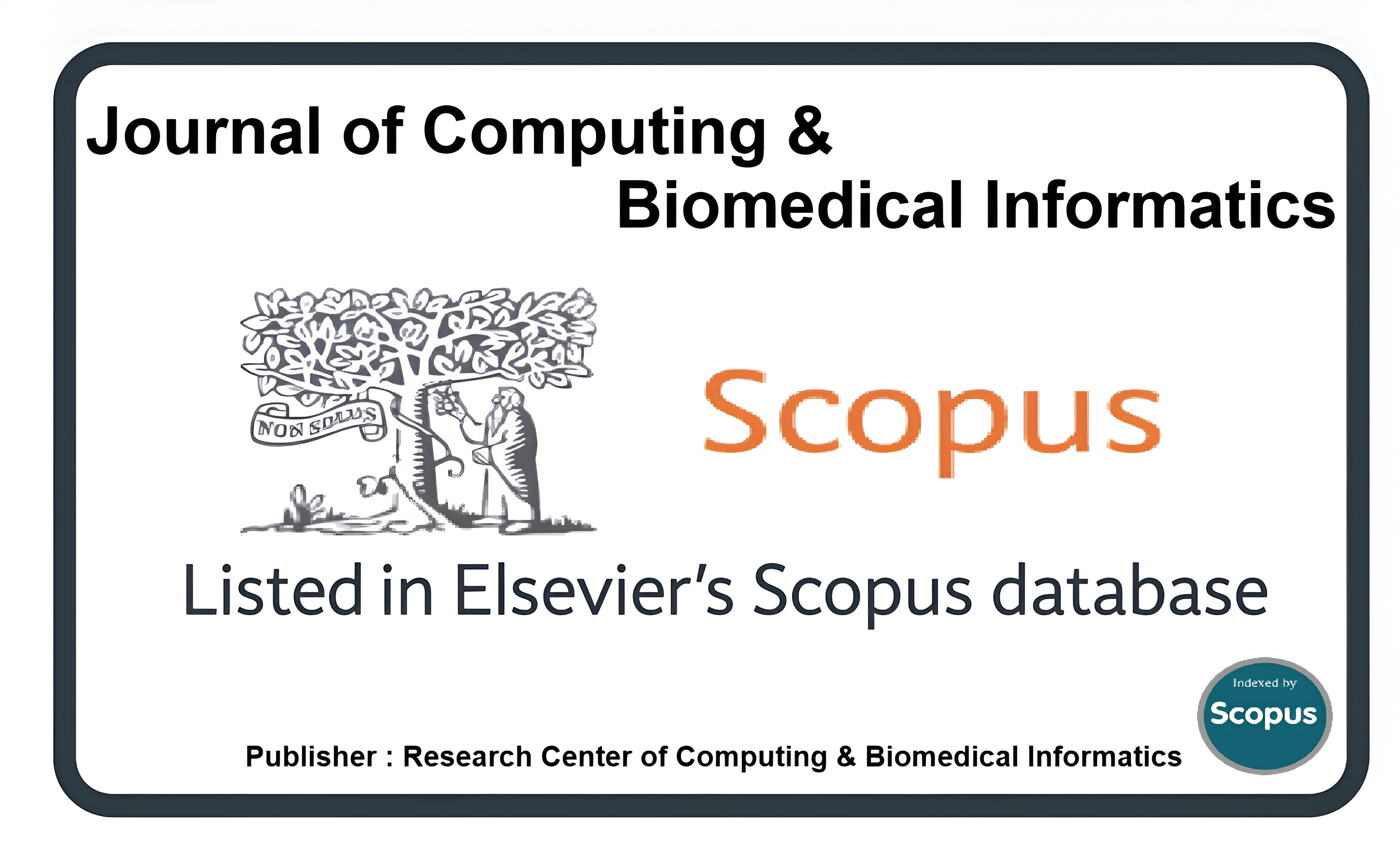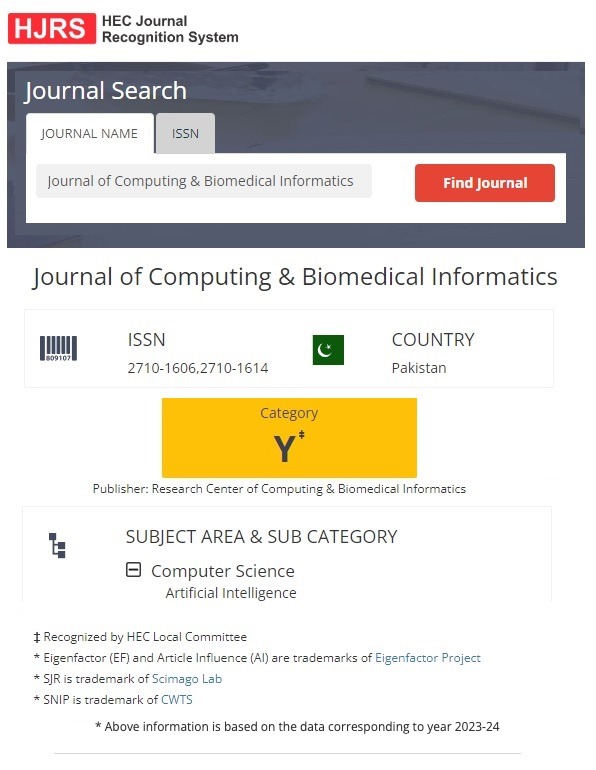Privacy Issues and Solutions for UAVs in B5G Networks: A Survey
Keywords:
B5G Networks, Unmanned Aerial Vehicles (UAVs), Federated Learning (FL), Post-Quantum Cryptography (PQC)Abstract
Unmanned aerial vehicles (UAVs) within the context of beyond 5G (B5G) technology are pivotal in transforming a range of sectors, including surveillance, agriculture, and logistics, by facilitating high-speed data transmission, ultra-low latency communication, and highly reliable connectivity. Nevertheless, the incorporation of UAVs into B5G networks raises significant privacy challenges. These challenges include the potential for unauthorized access, data breaches, and cyber-physical attacks, all of which threaten the integrity, confidentiality and availability of UAV operations. Furthermore, UAVs operating within B5G networks are particularly vulnerable to machine learning (ML)-based attacks that exploit weaknesses in ML models, resulting in adversarial manipulation, data poisoning, and model evasion techniques. Such vulnerabilities can undermine the integrity of UAV operations, cause navigation inaccuracies, and compromise sensitive data collected by these vehicles. In light of these privacy issues, this review article aims to present emerging solutions tailored for UAVs in B5G networks. Initially, we provide a foundational overview of the integration of UAVs into B5G networks, highlighting both the benefits and the security challenges associated with this novel integrated network architecture. Subsequently, we analyze the privacy landscape by identifying the threats and requirements pertinent to UAVs in B5G environments. Based on this analysis, we discuss and elaborate on potential solutions, including federated learning (FL), and post-quantum cryptography (PQC).
Downloads
Published
How to Cite
Issue
Section
License
This is an open Access Article published by Research Center of Computing & Biomedical Informatics (RCBI), Lahore, Pakistan under CCBY 4.0 International License





